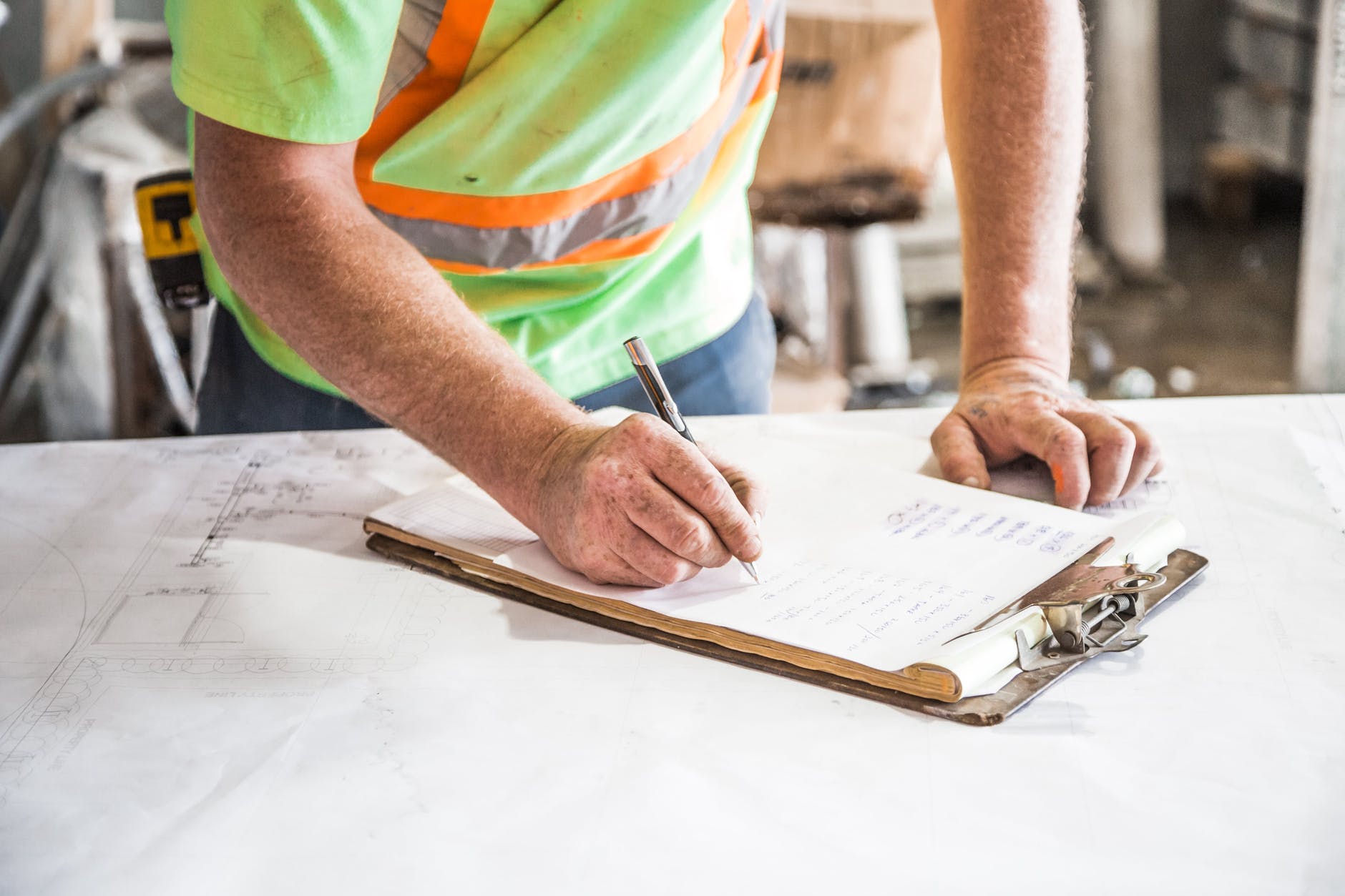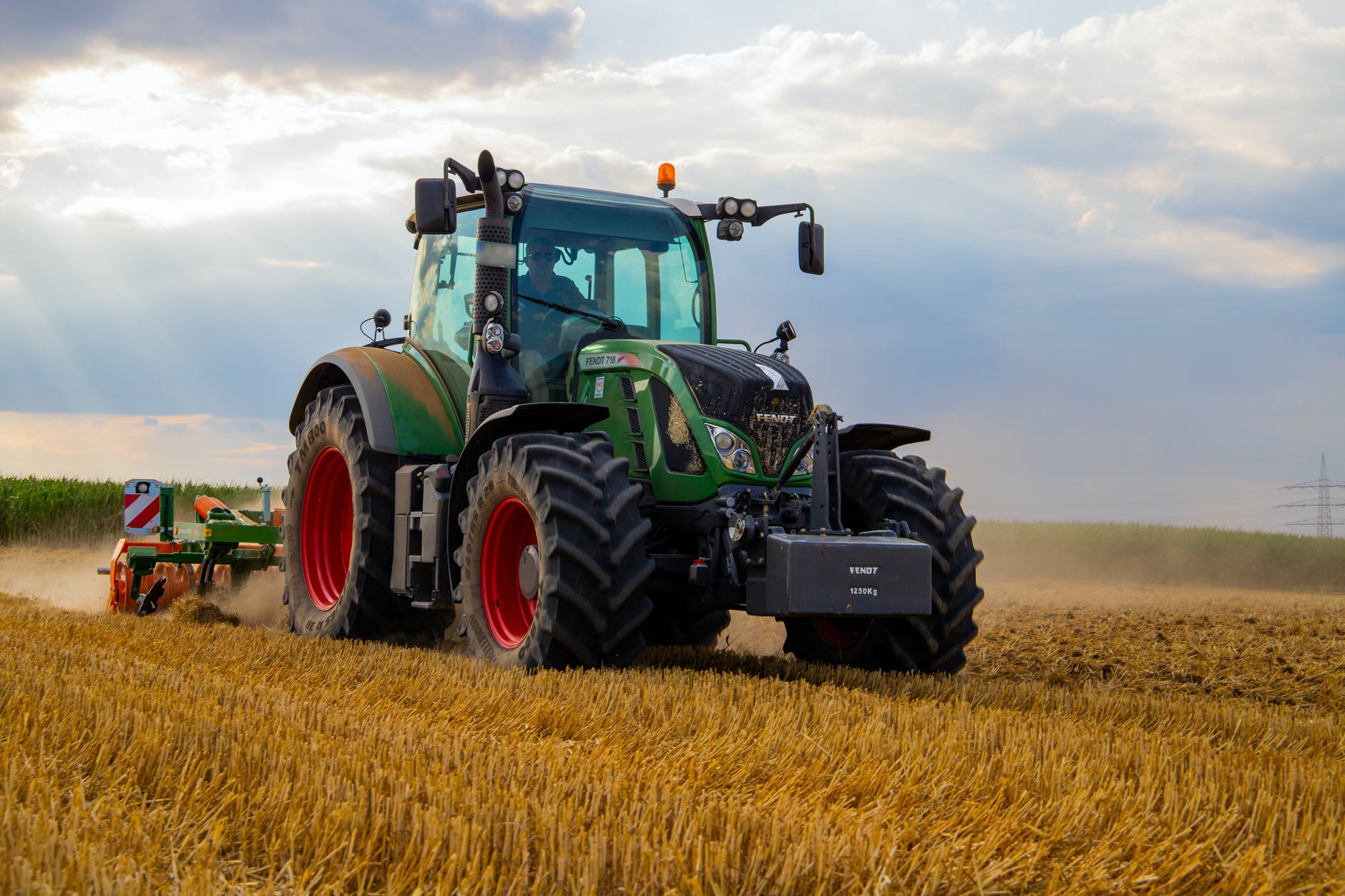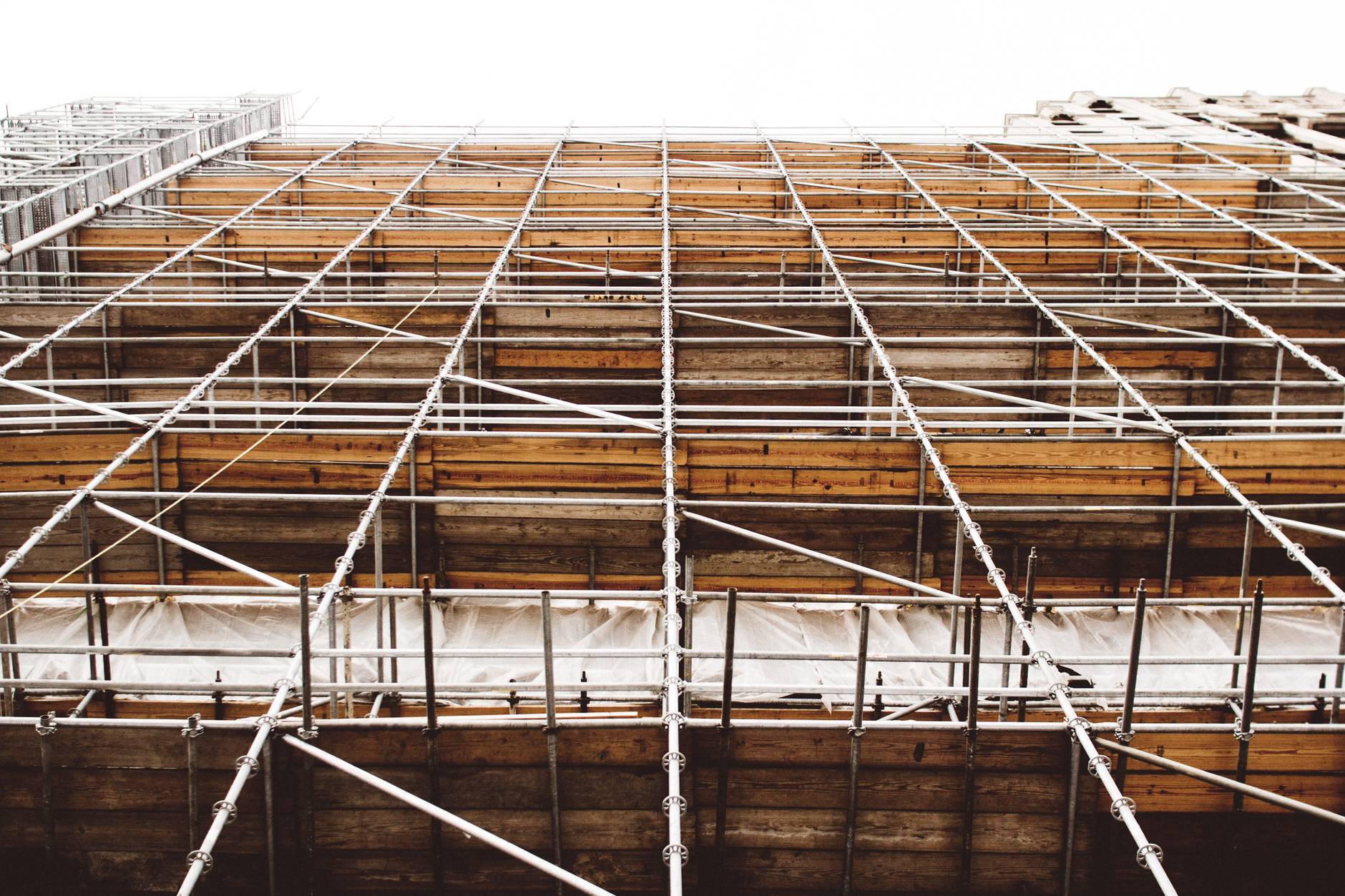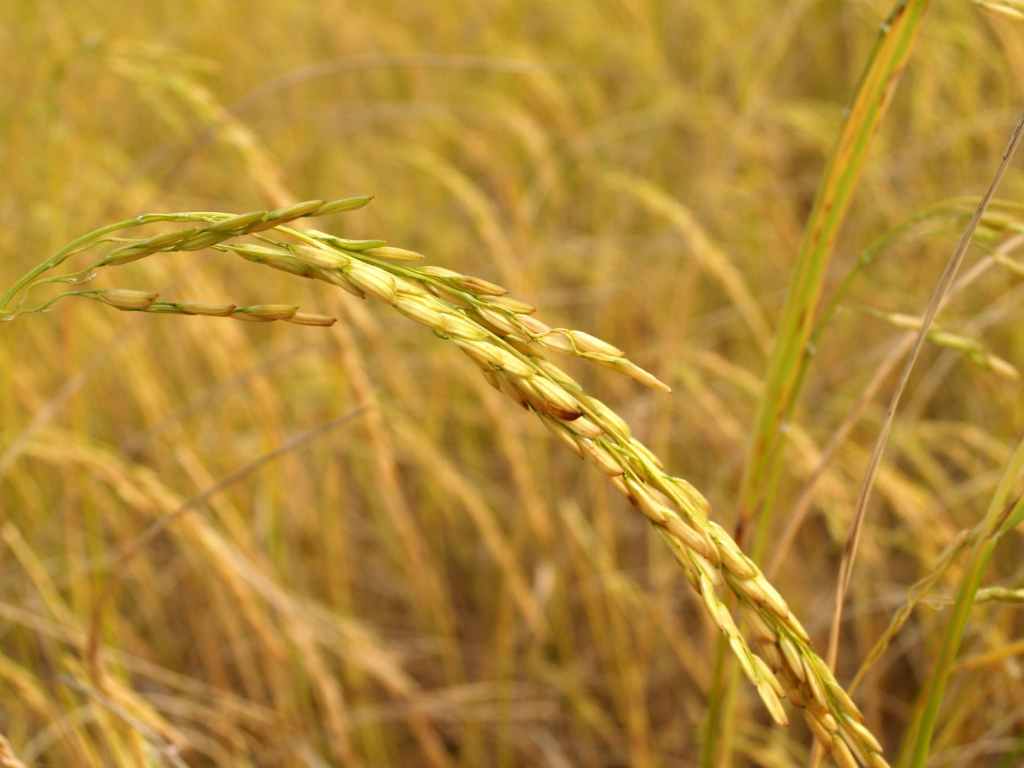The Future of Timber
The Australian made panel-board produced from renewable rice stubble. Manufactured in Australia for Australia, powering sustainable construction.
AMPAN transforms rice stubble, which is otherwise burnt in the field after harvest, into environmentally friendly panel-board, allowing farmers to capitalise on what would otherwise be waste.
Rice, feeding and housing us now and in the future.
AMPAN
AMPAN is a new Australian Made Panel-board made from a totally renewable resource using non-toxic, inert resins.
The product, which has a similar consistency to chipboard, is made by fracturing rice stubble and bonding it at high pressure with a special resin. The result is a building panel that has zero harmful emissions, is moisture resistant, withstands high flammable temperatures, and possesses all the wood-working and finishing qualities of seasoned timber. AMPAN represents to the consumer a healthy and environmentally friendly MDF alternative.


Today, more and more Australians are looking for ‘green’ cleaning products, heating sources, food choices and even building materials. As awareness grows about the dangers of toxic emissions from paints, adhesives and polymer composites, such as particleboards, builders and householders are looking for more environmentally friendly and healthier building products and construction methods. As social and environmental issues raise consumer’s consciousness – responsible resource use leads product innovation.


Production of AMPAN realises the following benefits to farmers and the wider community:
• Farmers will receive greenhouse gas credits calculated on every hectare of un-burnt stubble that is used in production of AMPAN.
• Farmers will be paid per tonne for stubble selected for production of AMPAN and have it removed from their field at no cost.
• Every hectare of rice grown can yield 7 tonnes of stubble and therefore produce 7 tonnes of AMPAN.
• Production is totally and consistently based on an annually renewable resource.
• Unlike standard chip-board or MDF, production of AMPAN does not rely on the growth period of renewable timber which is 12-15 years.
Working Together
In collaboration with CSIRO and RMIT, further research and product development is being undertaken. The principal investor in AMPAN to date has been its inventor, John Gorman – a rice farmer from Coleambally, NSW. The next R&D round will focus on the development and optimisation of the panel-board’s composition and its production process.
Why AMPAN?
Not only does this ‘dolphin-friendly’ panel-board make good health sense, because it is made from rice stubble, its production allows native and plantation forests to be conserved.
Producing a fibre panel from rice stubble means:
• Utilisation of a waste item from the rice production process
• Production of a farm gate value added product
• Reduction of on farm waste
• Elimination of the practice of burning stubble after harvest
• Increased value for each mega-litre of water used by irrigators
• Farm diversification without the need to purchase new machinery
• Diversion of plantation timber into production of higher value products
AMPAN is neither standard particle board or MDF but rather a high moisture resistant particle board with fine particle structure. This means that it is suitable for wet area construction and for those items of furniture manufacture normally the domain of MDF.


The resin used does not have any of the health impacts associated with other binding agents. There are no Volatile Organic Compounds (VOC) used as all materials are natural and non-allergenic. The resin is a CSIRO proprietary formulation which avoids the known health problems associated with standard particle boards and medium density fibre boards which give-off formaldehyde emissions. The use of the MDI family of resins, known to be carcinogenic in vapour form, is also avoided. The nil emissions of the product will not add to a Sick Building Syndrome (SBS).
AMPAN has the structural integrity to meet Australian standards for panel board, and is manufactured using finer particles and will be structurally similar to other building panels.
April 27th 2017 Ampan takes it to the Sharks
The social environmental and economic influences
Lets begin with deforestation caused by global seasonal bush fires. Right now research indicates at least 3 foot ball fields of deforestation are taking place by the minute meaning a tipping point or shall we call it a flip into a non-forest ecosystem.
Resulting in an accelerated decline in forestry continuity and a major decrease in the development and reproduction of trees and forest across the World impacting both Agriculture, Employment and the Economy.
Non-toxic, Made from a renewable resource and sugar free
Fire, moisture and insect resistant, tolerates extreme temperatures
Fine particle structure, Resins used in production are inert
Meets Australian standards

Australian Made Panel-board produced from rice stubble. Water – Fire – insect resistant…
A Robust Friendly Model
Beverly Mattingdale
“Lorem ipsum dolor sit amet, consectetur adipiscing elit. Ut vitae tempus eros. ”
Jefferson Thorpe
“Sed ligula nibh, facilisis non iaculis id, efficitur.Lorem ipsum dolor sit amet, consectetur adipiscing elit. Sed non mi dolor.”
Calvin Tristan
“Lorem ipsum dolor sit amet, consectetur adipiscing elit. Cras eu sagittis felis.”
Subscribe to
Our Newsletter
Get our latest news and content delivered directly to your inbox.